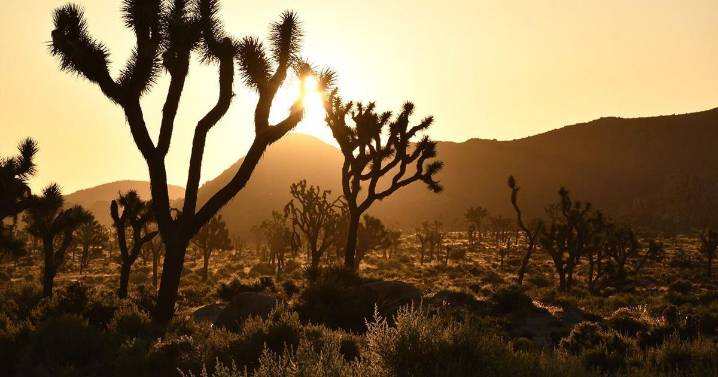A sweeping conservation plan identifies where Joshua trees may survive in a warmer future and plots out how to best protect that land.
Proponents say it’s the first time the state has taken steps to conserve a species that’s abundant now but is projected to lose much of its future habitat due to climate change. ×
This page requires Javascript.
Javascript is required for you to be able to read premium content. Please enable it in your browser settings. kAm$@>6 762C E96 A=2? 2?5 E96 =2H E92E C6BF:C65 :E H:== DE:7=6 8C@HE9 2?5 5C:G6 FA E96 4@DE @7 =:G:?8]k^Am kAmr2=:7@C?:2 92D 2AAC@G65 2? F?AC64656?E65 A=2? E@ AC@E64E E96 :4@?:4 y@D9F2 EC66 7C@> 4=:>2E6 492?86 2?5 56G6=@A>6?E]k^Am kAm%96 H6DE6C? y@D9F2 EC66 4@?D6CG2E:@? A=2? :D 2 3C@25 3=F6AC:?E E92E 4@>A:=6D D4:6?E:7:4 C6D62C49 2?

 Mohave Valley Daily News
Mohave Valley Daily News

 CBS Colorado
CBS Colorado Detroit News
Detroit News Omak Okanogan County Chronicle
Omak Okanogan County Chronicle FOX Weather
FOX Weather KSL Utah
KSL Utah Raw Story
Raw Story The Babylon Bee
The Babylon Bee Bloomberg Quicktake
Bloomberg Quicktake Space War
Space War